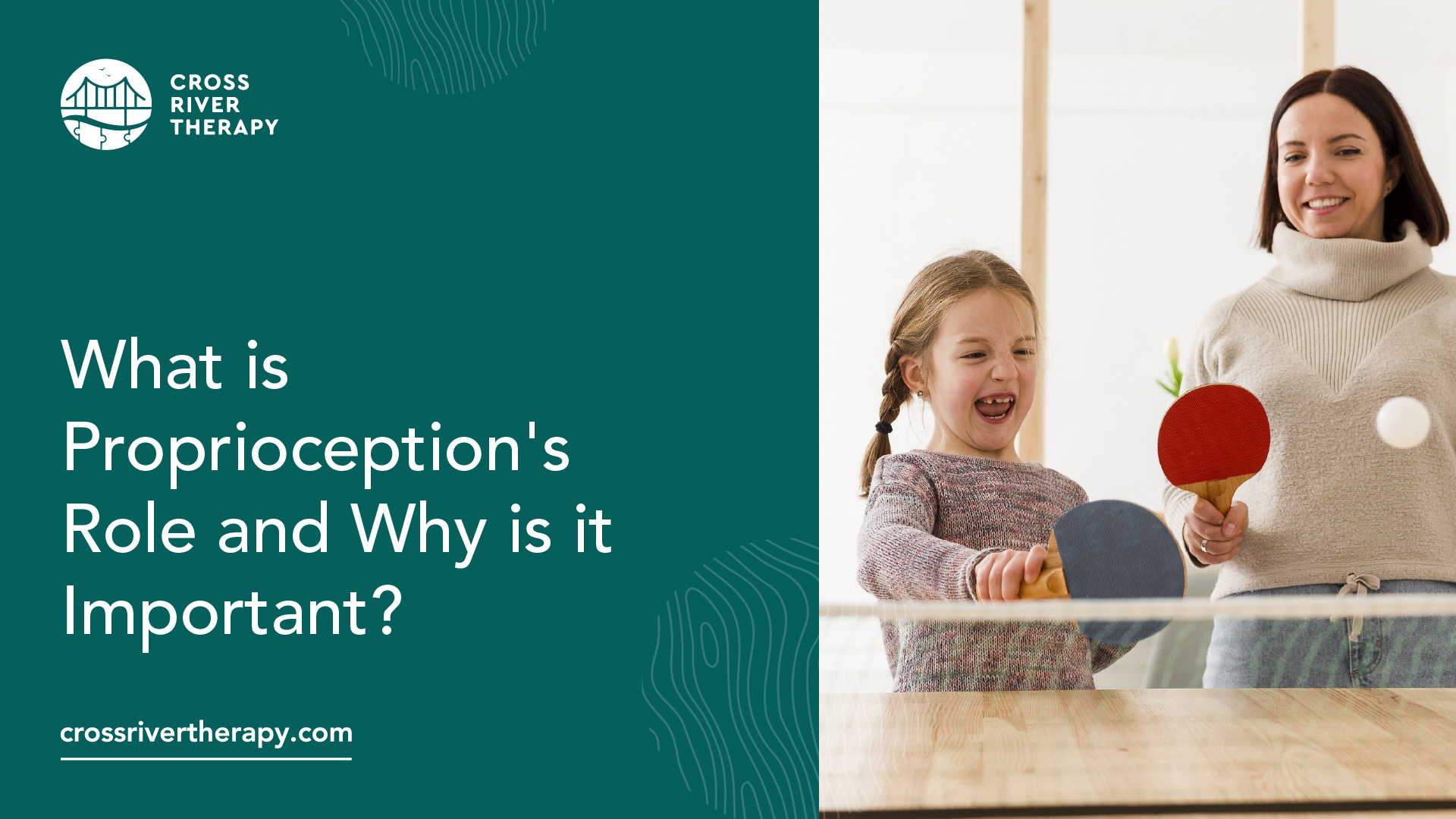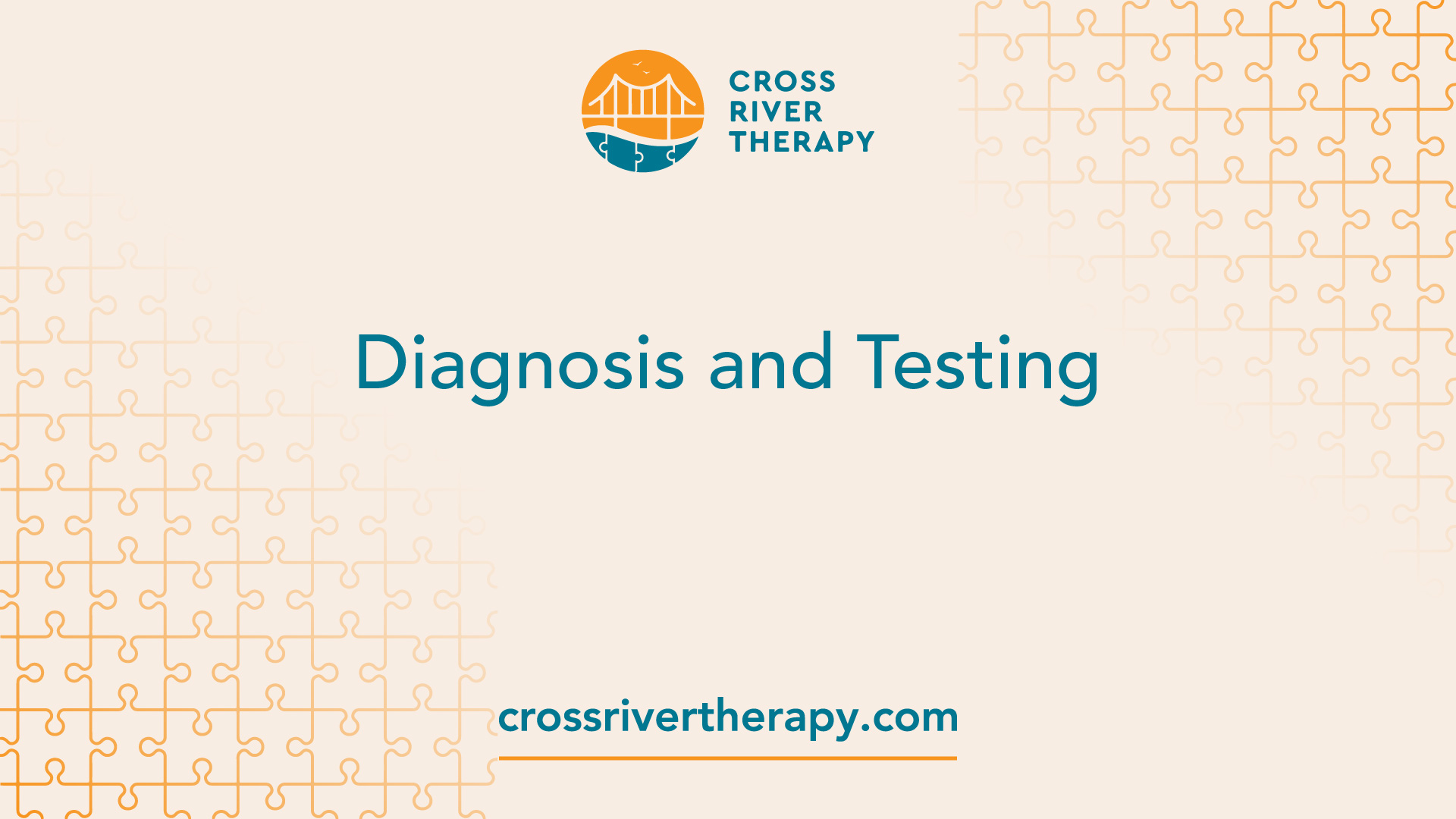What is Proprioception's Role and Why is it Important?
Unravel 'what is proprioception and why is it important?' in relation to autism. Gain knowledge and confidence.
Understanding Proprioception
Before exploring the link between proprioception and autism, let's first understand what proprioception is and why it is important.

Definition and Importance
Proprioception, also known as kinesthesia, is the body's ability to sense its position, movements, and actions. It's often referred to as the "sixth sense" of somatosensation, which includes mechanoreception, thermoreception, nociception, equilibrioception, and proprioception [1].
This powerful sense allows individuals to move freely without consciously thinking about their environment, enabling activities such as walking or kicking without looking at one's feet or touching their nose with their eyes closed.
Proprioception plays a significant role in self-regulation, coordination, posture, body awareness, the ability to focus, and even speech [3].
How Proprioception Works
Proprioceptive signals come from specialized sense organs known as proprioceptors, such as muscle spindles and Golgi tendon organs. These receptors constantly transmit information to the brain about the location of various body parts in relation to each other and the surroundings. This real-time information flow allows the body to adjust and make coordinated movements, even in the absence of visual cues.
It's through proprioception that a person can touch their elbow with their eyes closed or walk through a dark room without bumping into furniture. This sense is crucial for everyday activities, including driving, sports training, and even navigating through a crowded room.
Understanding proprioception helps us comprehend how our bodies interact with the world, and this understanding is particularly important when considering conditions like autism, where proprioceptive functioning may be affected. To learn more about the relationship between proprioception and autism, visit our page on proprioception and autism.
Impairments in Proprioception
Understanding the complexities of proprioception, the sense that tells the body where it is in space, becomes critical when there are impairments or dysfunction in this sensory system. Such impairments can have significant impacts, especially for individuals with autism, as there appears to be a link between proprioception and autism.

Causes of Proprioception Dysfunction
Proprioception dysfunction can be caused by several factors, including injuries and medical conditions that affect muscles, nerves, and the brain. Temporary impairment of proprioception can be induced by factors like excessive alcohol consumption, as this impacts the brain's ability to process proprioceptive information.
Long-term or permanent impairment of proprioception can arise from injuries, neurological conditions, and age-related changes that impact nerves, joints, and muscles. Aging is associated with a higher risk of proprioceptive loss due to natural changes in these systems. Proprioceptive deficits can also result from localized tissue damage, edema, or competitive nociceptive inputs, which are pain signals that can interfere with proprioceptive information.
Symptoms of Proprioception Disorders
When there are deficits in proprioception, it can be challenging for individuals to accurately sense their body's movements. Symptoms of a proprioception disorder may include difficulties with balance, coordination, and spatial awareness. These symptoms can have significant impacts on an individual's daily life, impacting everything from simple movements to more complex tasks.
Poor proprioception at a joint can increase the risk of injury, and these deficits can also lead to a recurrence of injury due to the joint's decreased ability to respond to outside forces [4]. Therefore, it's essential to be aware of these potential symptoms and seek appropriate medical attention if proprioception disorders are suspected.
Understanding the complexities of proprioception, its importance, and what happens when there are impairments in this system is vital. This knowledge can help in managing and treating proprioception disorders, especially for those living with conditions like autism where proprioceptive dysfunction can be common. For more examples of how proprioception affects individuals with autism, visit our proprioception autism examples page.
Diagnosis and Testing
Identifying and understanding proprioception disorders is crucial in managing the symptoms and improving the quality of life for individuals with autism. This process involves a thorough assessment of the individual's proprioceptive abilities and specific diagnostic tests.

Assessing Proprioception Disorders
The assessment of proprioception disorders involves a detailed examination of the patient's ability to sense and navigate their environment. This includes evaluating their capability to sense passive motion, joint position recognition, thumb finding, big toe movement, finger touching, balance with eyes closed, and coordination.
It's important to note that proprioceptive deficits can lead to a recurrence of injury due to the joint's decreased ability to respond to outside forces. Therefore, proprioceptive training becomes essential in rehabilitation following injury to various body parts like the knee, ankle, shoulder, and spine. Training techniques involve improving static joint position sense, movement sense, and regulation of muscle stiffness to enhance joint stability and prevent injuries.
Common Diagnostic Tests
Several diagnostic tests can help assess proprioception disorders. These include:
All these tests play a crucial role in diagnosing proprioception disorders by assessing various abilities related to proprioception.
Proprioceptive training has been shown to yield meaningful improvements in somatosensory and sensorimotor function. Studies have demonstrated the effectiveness of proprioceptive and balance exercises in improving outcomes for individuals with ACL-deficient knees, ankle sprains, and Parkinson's disease, suggesting the importance of proprioception rehabilitation in various conditions.
Proprioceptive signals from mechanoreceptors of the joints, muscles, tendons, and skin are essential for the intact neural control of movement. The loss of proprioceptive afferents may affect the control of muscle tone, disrupt postural reflexes, and impair spatial and temporal aspects of volitional movement.
Understanding these aspects can provide significant insight into answering the question, 'what is proprioception and why is it important?' especially when it comes to proprioception and autism. For more examples of proprioception in autism, visit our article on proprioception autism examples.
Treatment and Rehabilitation
When it comes to addressing proprioception disorders, the treatment and rehabilitation process involves two key steps: addressing underlying causes and implementing proprioception training techniques. These strategies are designed to improve an individual's sense of body awareness and movement, thus answering the question of 'what is proprioception and why is it important?'.
Addressing Underlying Causes
Proprioception issues can stem from a variety of causes, including injuries, medical conditions affecting muscles, nerves, and the brain, as well as age-related changes. These can lead to long-term or permanent impairment of proprioception.
In individuals with autism, proprioception disorders may manifest as an intense stare or other unusual behaviors. Understanding these underlying causes is crucial in determining the most effective treatment plan.
In some cases, treating the underlying medical condition can help to improve proprioception. For instance, if proprioception issues are due to muscle weakness, a treatment plan may involve physical therapy to strengthen the muscles. In other cases, medications or other treatments may be necessary. For example, some families have found success with therapies such as the Early Start Denver Model or stem cell therapy for treating autism and related proprioception issues.
Proprioception Training Techniques
Once the underlying causes have been identified and addressed, the next step in the treatment process is proprioception training. Proprioception training can be effective in treating proprioception issues caused by various conditions and injuries, with results varying depending on factors such as the underlying cause, age, and overall health of the individual [2].
These exercises focus on improving an individual's awareness of their body's position and movements. They can include activities that challenge balance and coordination, such as standing on one foot, using balance boards, or performing exercises on unstable surfaces.
Studies have demonstrated the effectiveness of proprioceptive and balance exercises in improving outcomes for individuals with ACL-deficient knees, ankle sprains, and Parkinson's disease, suggesting the importance of proprioception rehabilitation in various conditions [1].
In a specific 6-year study in European basketball players who participated in a proprioceptive training program, an 81% decrease in ankle sprains and a 75.5% decrease in missed games and practices were observed.
Implementing proprioception training techniques can lead to improvements in daily life, particularly for athletes or individuals involved in physical activities. However, it's important to remember that each individual is unique, and what works for one person may not work for another. Always seek professional advice when beginning a new treatment or rehabilitation program. For more information about proprioception and autism, visit our articles on proprioception and autism and proprioception autism examples.
Proprioception in Daily Life
Proprioception, or the body's ability to sense its position in space, plays a crucial role in our daily lives, especially in movement and coordination. It is also particularly important for athletes.
Role in Movement and Coordination
Proprioception is critical for activities like driving—using the foot pedal of a car properly—and walking in darkness. Specialized receptors in and around the joints inform the brain about the position of limbs in space. This information is crucial for adapting body position and gait, and defects in the proprioceptive system can lead to ataxia. Tests like dorsal placement of the feet and crossing of limbs are commonly used to assess proprioceptive function in animals, demonstrating the importance of proprioception in motor control.
The brain calculates the spatial position of body parts based on proprioceptive signals, forming the foundation for coordinated movements. For individuals with autism, understanding these signals can often be challenging, leading to unique movement patterns observed in conditions like autism and staring.
Importance for Athletes
Proprioception is especially important in sports and fitness activities. It allows an athlete to dribble a soccer ball and run without looking down or thinking through each step. It also enables a volleyball player to know where the ball is in the air to spike it.
Moreover, proprioception training can lower an athlete's risk of injury. Improving proprioception in the muscles, tendons, and joints can help an athlete adapt to quick movements or shifts in balance to prevent common injuries and reinjuries like ankle sprains.
In fact, proprioception training is highly correlated to athletic performance and a reduced risk of injury and reinjury, especially ankle sprains. In a 6-year study in European basketball players who participated in a proprioceptive training program, an 81% decrease in ankle sprains and a 75.5% decrease in missed games and practices were observed [7].
In the context of autism, understanding proprioception and autism can help develop effective strategies and therapies for managing motor coordination challenges and enhancing physical performance.
Proprioception and Health
The significance of proprioception extends beyond autism and sensory processing disorders. It plays an integral part in overall health and well-being, particularly in the domains of injury prevention and rehabilitation.
Link to Injury Prevention
Proprioception training can notably lower your risk of injury. By enhancing proprioception in the muscles, tendons, and joints, an individual can adapt to quick movements or shifts in balance to prevent common injuries and reinjuries such as ankle sprains.
Moreover, in a 6-year study involving European basketball players who participated in a proprioceptive training program, an 81% decrease in ankle sprains and a 75.5% decrease in missed games and practices were observed. This data underscores the correlation between proprioception training and a reduced risk of injury and reinjury.
Proprioceptive deficits can lead to a recurrence of injury due to the joint's decreased ability to respond to outside forces. Training techniques focus on improving static joint position sense, movement sense, and regulation of muscle stiffness to enhance joint stability and prevent injuries [4].
Rehabilitation Benefits
Proprioception plays a key role in rehabilitation following injury to various body parts like the knee, ankle, shoulder, and spine. Studies have demonstrated the effectiveness of proprioceptive and balance exercises in improving outcomes for individuals with ACL-deficient knees, ankle sprains, and Parkinson's disease, suggesting the importance of proprioception rehabilitation in various conditions.
Additionally, proprioceptive deficits have been shown to parallel joint degeneration, indicating a link between proprioception and joint health. The importance of proprioceptive training in enhancing motor skills and reducing the likelihood of injury is emphasized in sports rehabilitation.
In the context of autism, where proprioceptive deficits are common, proprioceptive training can be particularly beneficial. For more detailed information on the relationship between proprioception and autism, visit our articles on proprioception and autism and proprioception autism examples.
References
[2]:
[3]:
[4]:
[5]:
[6]:
[7]:



